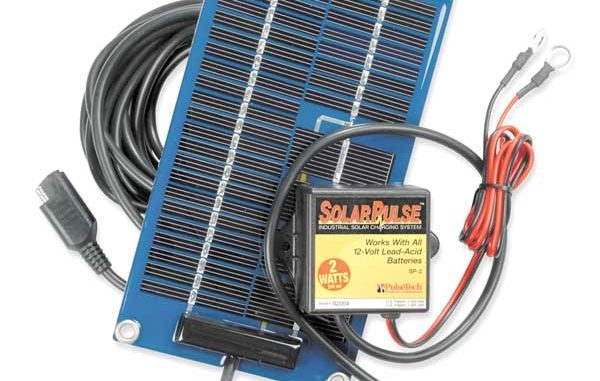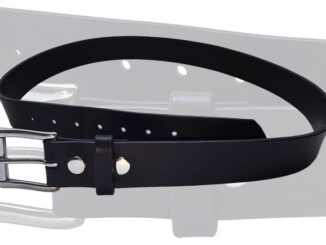
The Calcasieu Ship Channel serves as a bottleneck, where autumn flatfish feast on anglers’ baits during their annual migration.
About 20 years ago, a company called PulseTech Products Corporation developed a way to cancel a process that prematurely “ages” lead-acid batteries, rendering most of them useless long before their components actually wear out. That process is called sulfation, and you have read about it in this column before.I can’t describe the process any better than PulseTech Vice President Smokey White, so I’ll borrow his definition: “The interaction of sulfuric acid with the surface area of the lead plates is at the heart of a battery’s ability to create, store and release energy.
“Basically, a battery is able to store and supply energy if enough of the active plate material is available (to the acid) to allow an energy transfer to occur naturally. In theory, batteries should last many years, but they usually don’t because of a series of detrimental problems caused by ‘excessive sulfation buildup’ related to the natural and necessary formation of sulfate crystals on the surfaces of lead battery plates.
“As a battery ages through use or sits unused for periods of time, these lead sulfate crystals enlarge and can build up excessively to the point where they become a physical barrier across the surface of the plate. Before long, this buildup can become so dense that a battery is no longer able to accept or release energy.”
So, if sulfation is natural and necessary to the operation of a battery, what can we do? PulseTech discovered that sulfation can be drastically reduced and its permanent characteristics virtually eliminated through the application of electronic pulses with a distinct waveform.
For all you tech-heads, the waveform has a strictly controlled rise time, pulse width, frequency and amplitude of current and voltage pulse. For the rest of us, the pulses create an environment where lead sulfate crystals can’t get big and ugly enough to cover the battery plates — the plates remain virtually clear and in maximum contact with the electrolyte allowing more complete charging and discharging during use.
This makes it easier for your engine’s alternator or onboard charger to charge the battery, and results in more power available for starting or accessory use. This pulse technology is not battery type-sensitive like most chargers — it doesn’t care if you have a flooded, AGM or gel battery as long as it uses lead-acid technology.
Studies done between 1998 and 2000 by Oakland University and Ohio State University confirmed that the pulse technology resulted in a more even distribution of smaller lead sulfate crystals over the battery plates. These microscopic changes are kind of like a stirring or cleaning action on the surface of the plates that improve a battery’s ability to accept, store and deliver energy.
PulseTech’s pulse technology was originally developed with the idea of maintaining the batteries in military, emergency service and commercial vehicles that are stored for long periods of time. As usual, it takes a while for neat, new technology to work its way down to us hunters, fishermen, boaters and other sportsmen, but PulseTech is now making a serious effort to reach us.
Sun-powered Solar-Pulse units are available with 2-, 5- and 6-watt configurations. Pulse units powered by the battery they connect to are also available for situations where other chargers are hooked up when a boat or vehicle is not in use. New single and dual battery Xtreme Charge units offer AC-powered pulse cleaning and computerized battery charging in one plug-into-the-wall package.
PulseTech also offers big fleet models for multiple vehicles and units designed to bring “dead” batteries back to life by seriously cleaning their plates. Of course, batteries with internal shorts and broken parts inside can’t be helped.
My last set of boat batteries lasted nine years, and I asked White how much more time I might have gotten from them with pulse technology. That’s a long time for batteries to last in any event, but if they were “mechanically” sound, he estimated I could probably have gotten another two or three years out of them.
In contrast, someone with less than a fanatical interest in maintaining his batteries can increase their lifespan up to five times with pulse technology.
As you may have already guessed, the new set of batteries in my boat is about to get the benefit of solar and plug-in pulse conditioning. Stick around, and in about 13 or 14 years, I’ll be telling you how well it worked!
For more information, call (800) 580-7554 or visit pulsetech.net.


